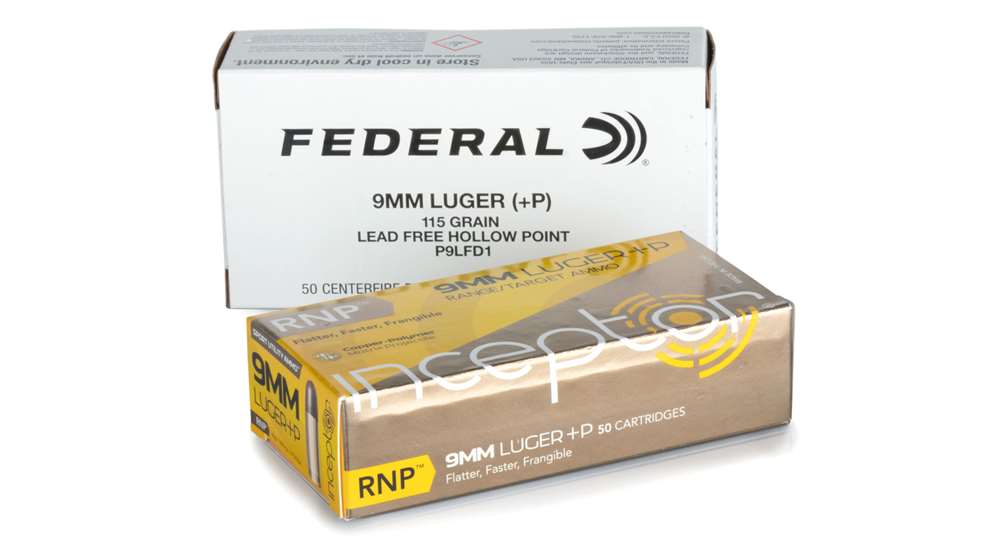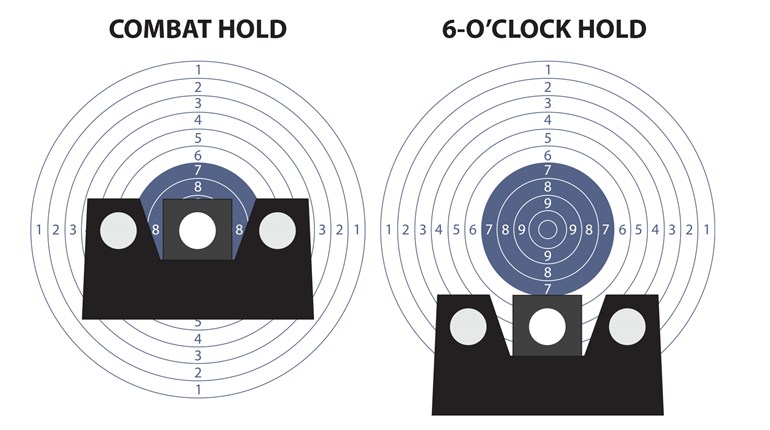
I’m seeing a whole lot of ammunition offerings claiming to be lead-free on the market these days, and I know that some locales are banning the use of lead ammunition. Do these aforementioned lead-free alternatives actually perform as well as traditional ammo? In doing some research, I have come across the terms “non-toxic,” “unleaded,” “frangible” and “encapsulated” as well as a few others. What do these terms mean? I’ve also read that these types of ammunition were hard on barrels and would wear out a barrel faster than standard conventional ammunition. If that is the case, how much of a barrel life reduction am I facing in my .308 Win. rifle and my Glock G45 9 mm pistol?
J. Chew, Eugene, OR
While the term “unleaded” is most often used when referencing gasoline, I appreciate your concerns and questions about the ammunition that you wish to use in your rifle and your pistol.
In defining some of the terms that you have discovered, it is best to know that in so-called standard “leaded” ammunition, there is the potential of the presence of lead and other heavy metals in the priming mixture as well as the projectile itself.
Lead-free ammunition means that there are no traces of lead in any of the components of the loaded cartridge.
Non-toxic ammunition is similar but emphasizes that there are no heavy metals or toxic substances present in a loaded cartridge.
Frangible ammunition refers to the projectile only, without consideration to the primer. Such projectiles usually consist of powdered copper—either molded or compressed—which is then heat treated to maintain its integrity until it impacts an object as hard or harder than itself, after which it returns to its original powder form. Some frangible projectiles may be plated, coated or jacketed for various reasons, but are usually done so with the absence of lead or any toxic materials. Frangible ammunition is at its best in a training environment where concerns about ricochets or bullet splatter prevail.
For frangible ammunition to be considered non-toxic or lead-free, the primer must be non-toxic or lead-free as well. The packaging of the ammunition should clearly state the status of the primer and the projectile in each of the cartridges contained within.
Encapsulated ammunition refers to the projectile itself. The core of the bullet is usually lead, but can be some other material having similar properties. A copper jacket or a synthetic material related to nylon are the most widely used encapsulating materials. The core remains fully encapsulated up to the point of impact with a hard surface. This prevents the shooter’s exposure to any detrimental materials within the bullet itself. As with frangible ammunition, encapsulated ammunition may or may not have non-toxic primers. It pays to read the labeling on the ammunition box so you know exactly what you are shooting and the potential hazards each may present.
Early in the developmental stages of frangible ammunition, tungsten was added to the composite material from which the projectiles were made to add weight in an attempt for them to come close to internal and external ballistic parity with standard service ammo. While it looked good on paper, the tungsten—which was harder than barrel steel—took its toll and eroded away the interior of a barrel, degrading accuracy to an unacceptable level.
Today’s frangible ammunition has been improved, eliminating that problem, so there should be no concern in shooting any of the ammunition types I have mentioned in your guns.
Pure copper or copper-alloy bullets, in both handguns and rifles, are starting to take center stage for defensive and hunting purposes. The technology for making these bullets’ terminal performance equal to or better than conventional lead ammunition exists. While costs are higher, some shooters consider the benefits worth it.
As for the politicians seeking to ban lead ammo, they just want to make shooting more expensive as a backdoor means to infringe upon our rights.




































